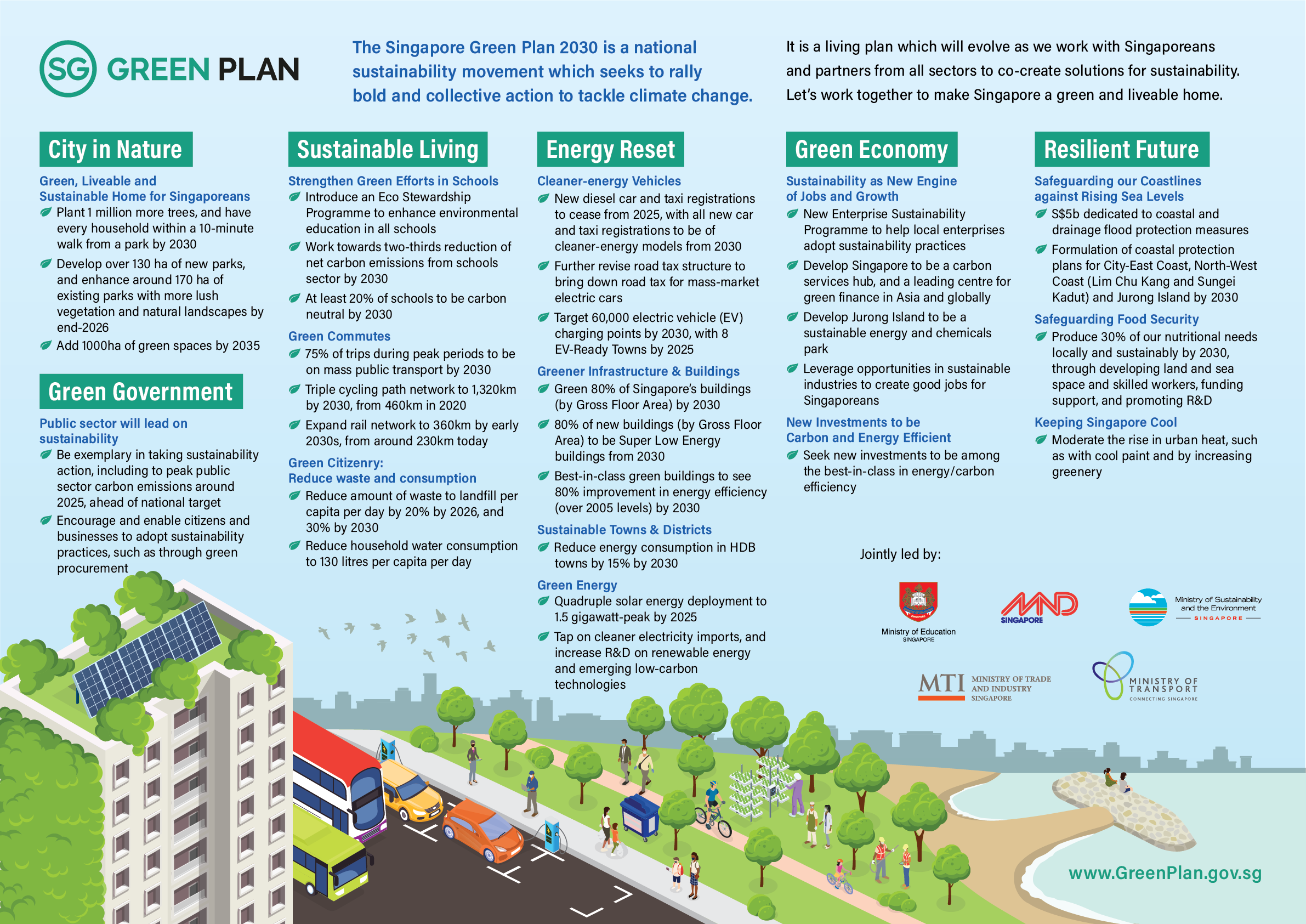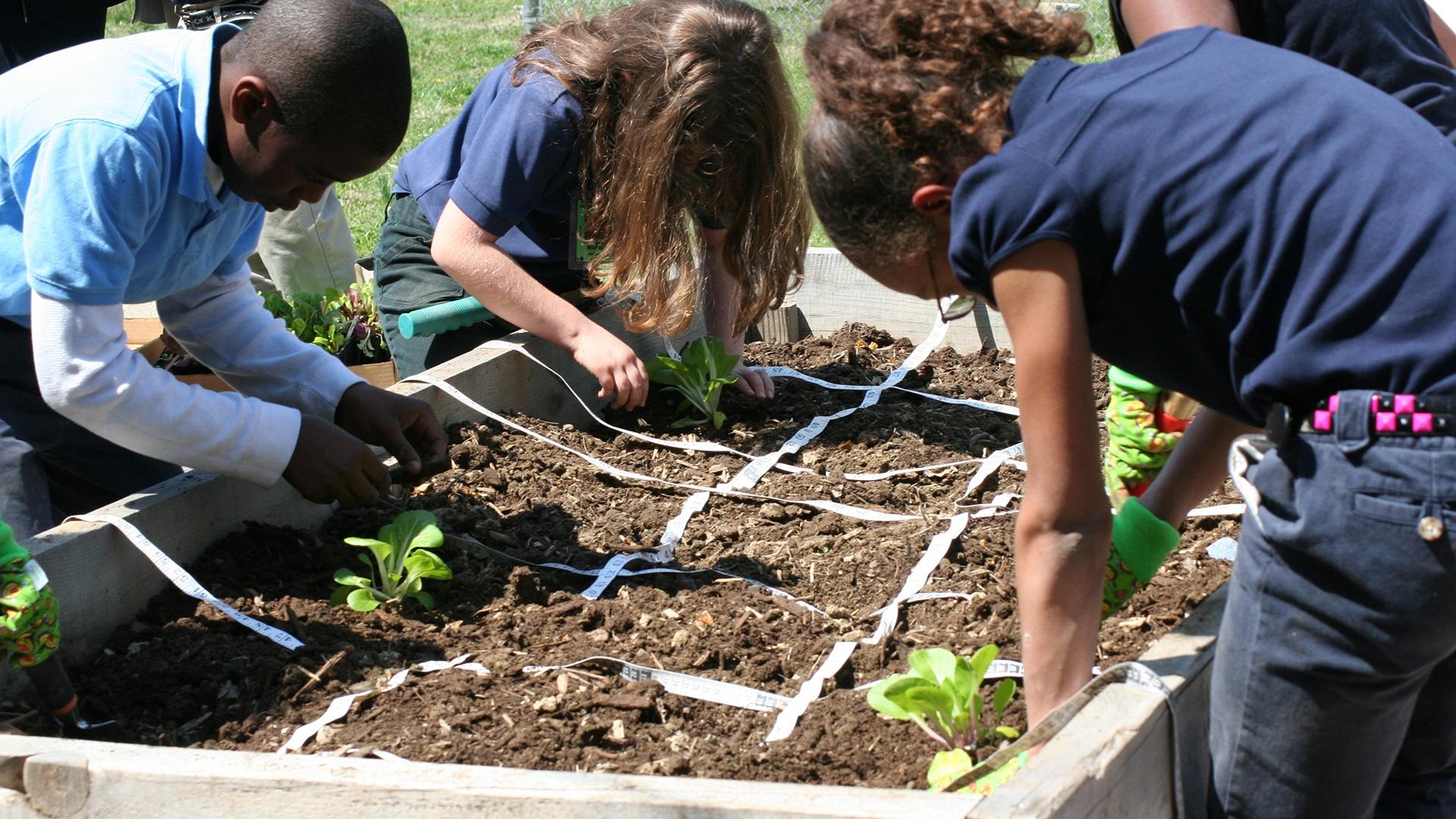Embracing a Sustainable Landscape: A Guide to Greener Living
In a world increasingly aware of environmental concerns, the concept of sustainable landscape planning has moved from a niche interest to a crucial practice. It’s no longer just about creating aesthetically pleasing outdoor spaces; it’s about designing environments that are ecologically sound, resource-efficient, and beneficial to both people and the planet. This guide serves as a comprehensive resource for anyone looking to understand and implement sustainable landscape planning, whether you’re a homeowner, a landscape architect, or simply someone who cares about the environment.
Sustainable landscape planning is, at its core, a holistic approach. It integrates ecological principles, environmental responsibility, and social well-being into the design, construction, and maintenance of outdoor spaces. It’s about making choices that minimize environmental impact, conserve resources, and promote biodiversity. This means considering everything from the types of plants you choose to the materials you use and the water management systems you implement.
This guide will delve into the key principles, practices, and benefits of sustainable landscape planning. We’ll explore the various elements that contribute to a sustainable landscape, providing practical advice and actionable steps you can take to create a greener, more resilient outdoor space.
The Core Principles of Sustainable Landscape Planning
Sustainable landscape planning is built upon several fundamental principles. Understanding these principles is essential for creating truly sustainable landscapes. Let’s break down the key ones:
- Conservation of Resources: This is perhaps the most fundamental principle. It involves minimizing the use of water, energy, and other resources. This can be achieved through practices like using drought-tolerant plants, installing efficient irrigation systems, and utilizing renewable energy sources.
- Protection of Ecosystems: Sustainable landscapes aim to preserve and enhance the natural ecosystems within and around a property. This includes protecting existing trees, restoring native habitats, and promoting biodiversity.
- Reduction of Waste: Minimizing waste is critical. This involves using recycled and reclaimed materials, composting yard waste, and reducing the use of chemical fertilizers and pesticides.
- Enhancement of Biodiversity: A healthy landscape is a diverse landscape. Sustainable planning encourages the use of a variety of plant species to attract pollinators, provide habitat for wildlife, and create a more resilient ecosystem.
- Integration of Local Context: Successful sustainable landscapes are tailored to their specific environment. This means considering factors like climate, soil type, and local plant communities.
- Long-Term Sustainability: Sustainable landscapes are designed to be self-sustaining over the long term, requiring minimal intervention and maintenance.
Key Elements of a Sustainable Landscape
Now that we’ve covered the core principles, let’s look at the key elements that contribute to a sustainable landscape:
Plant Selection
Choosing the right plants is paramount. Here’s what to consider:
- Native Plants: Native plants are adapted to the local climate and soil conditions, requiring less water, fertilizer, and pesticides than non-native plants. They also provide essential habitat and food sources for local wildlife.
- Drought-Tolerant Plants: In areas with water scarcity, drought-tolerant plants are a must. These plants can thrive with minimal irrigation.
- Plant Diversity: A diverse selection of plants creates a more resilient and aesthetically interesting landscape. It also supports a wider range of wildlife.
- Consider the Microclimate: Pay attention to the specific microclimates within your landscape, such as sunny areas, shady areas, and areas with different soil types. Choose plants that are well-suited to each microclimate.
Water Management
Water conservation is a central tenet of sustainable landscape planning.
- Efficient Irrigation Systems: Use drip irrigation, soaker hoses, and smart irrigation controllers to deliver water directly to plant roots and minimize water waste.
- Rainwater Harvesting: Collect rainwater from rooftops and store it for irrigation or other non-potable uses.
- Xeriscaping: Xeriscaping is a landscaping approach that emphasizes water conservation. It involves using drought-tolerant plants, efficient irrigation, and other water-saving techniques.
- Reduce Lawn Areas: Lawns require a significant amount of water and maintenance. Consider reducing the size of your lawn and replacing it with native plants, groundcovers, or other low-water alternatives.
Soil Health
Healthy soil is the foundation of a sustainable landscape.
- Composting: Compost yard waste and kitchen scraps to create nutrient-rich soil amendment.
- Mulching: Apply mulch to retain moisture, suppress weeds, and improve soil health.
- Avoid Chemical Fertilizers: Chemical fertilizers can pollute waterways and harm beneficial soil organisms. Use organic fertilizers instead.
- Soil Testing: Conduct a soil test to determine the nutrient content and pH of your soil. This information will help you choose the right plants and amend your soil appropriately.
Materials and Construction
The materials you use and how you build your landscape also impact sustainability.
- Recycled and Reclaimed Materials: Use recycled and reclaimed materials whenever possible, such as recycled concrete, reclaimed wood, and permeable pavers.
- Local Sourcing: Source materials locally to reduce transportation costs and environmental impact.
- Permeable Paving: Permeable paving allows rainwater to infiltrate the soil, reducing runoff and replenishing groundwater.
- Minimize Impervious Surfaces: Reduce the amount of impervious surfaces, such as driveways and patios, to minimize runoff.
Pest and Weed Management
Sustainable pest and weed management focuses on prevention and minimizing the use of chemicals.
- Integrated Pest Management (IPM): IPM is a holistic approach to pest control that emphasizes prevention, monitoring, and the use of natural controls.
- Beneficial Insects: Attract beneficial insects, such as ladybugs and lacewings, to control pests naturally.
- Manual Weed Control: Hand-pull weeds or use non-chemical weed control methods, such as mulching.
- Avoid Chemical Pesticides and Herbicides: Chemical pesticides and herbicides can harm beneficial insects, pollute waterways, and pose health risks.
Energy Efficiency
Consider energy consumption in your landscape design.
- Strategic Planting: Plant trees and shrubs to provide shade and reduce energy consumption for cooling.
- Outdoor Lighting: Use energy-efficient LED lighting and minimize light pollution.
- Renewable Energy: Consider installing solar panels to power outdoor lighting or other landscape features.
Benefits of Sustainable Landscape Planning
The advantages of sustainable landscape planning extend far beyond environmental benefits. They also include:
- Environmental Protection: Reduces water and energy consumption, minimizes pollution, and protects natural resources.
- Enhanced Biodiversity: Creates habitat for wildlife and supports a more diverse ecosystem.
- Improved Air and Water Quality: Plants filter pollutants from the air and water.
- Reduced Maintenance Costs: Sustainable landscapes often require less maintenance than traditional landscapes.
- Increased Property Value: Sustainable landscapes can enhance the curb appeal and value of your property.
- Health and Well-being: Exposure to nature has been shown to reduce stress and improve mental health.
- Climate Change Mitigation: Sustainable landscapes can help to mitigate the effects of climate change by reducing carbon emissions and increasing carbon sequestration.
Implementing Sustainable Landscape Planning: A Step-by-Step Guide
Ready to embark on your sustainable landscape journey? Here’s a step-by-step guide:
- Assess Your Site: Evaluate your site’s existing conditions, including soil type, sun exposure, drainage, and existing vegetation.
- Define Your Goals: Determine your priorities and what you hope to achieve with your sustainable landscape.
- Create a Design Plan: Develop a detailed design plan that incorporates the principles and elements of sustainable landscape planning. Consider consulting with a landscape architect or designer.
- Choose the Right Plants: Select plants that are well-suited to your site conditions and that meet your aesthetic preferences.
- Install Efficient Irrigation: Install an efficient irrigation system, such as drip irrigation or soaker hoses.
- Prepare the Soil: Amend your soil with compost or other organic matter.
- Plant and Mulch: Plant your chosen plants and apply mulch to retain moisture and suppress weeds.
- Maintain Your Landscape: Regularly maintain your landscape by watering, weeding, and pruning as needed.
- Monitor and Adapt: Monitor your landscape’s performance and make adjustments as needed.
Examples of Sustainable Landscape Practices
Let’s look at some real-world examples of sustainable landscape practices:
- Green Roofs: Green roofs are covered with vegetation, providing insulation, reducing stormwater runoff, and creating habitat for wildlife.
- Rain Gardens: Rain gardens are designed to collect and filter rainwater runoff, preventing pollution and replenishing groundwater.
- Xeriscaping: Xeriscaping is a landscaping approach that emphasizes water conservation through the use of drought-tolerant plants and efficient irrigation.
- Edible Landscaping: Edible landscaping involves incorporating edible plants, such as fruits, vegetables, and herbs, into your landscape design.
- Living Walls: Living walls, also known as vertical gardens, are walls covered with vegetation, providing insulation, improving air quality, and creating a visually appealing feature.
Overcoming Challenges in Sustainable Landscape Planning
While sustainable landscape planning offers numerous benefits, it’s important to be aware of potential challenges:
- Initial Costs: Sustainable landscape projects may have higher initial costs than traditional landscapes. However, the long-term benefits, such as reduced maintenance costs and increased property value, often outweigh the initial investment.
- Knowledge and Expertise: Implementing sustainable landscape practices may require specialized knowledge and expertise. Consider consulting with a landscape architect or designer.
- Availability of Materials: The availability of sustainable materials may vary depending on your location.
- Changing Perceptions: Some people may be unfamiliar with sustainable landscape practices. Education and outreach can help to change perceptions and promote adoption.
The Future of Sustainable Landscape Planning
The future of sustainable landscape planning looks bright. As awareness of environmental issues continues to grow, the demand for sustainable landscapes will increase. Technological advancements, such as smart irrigation systems and remote sensing, will make it easier to manage and maintain sustainable landscapes. Furthermore, the integration of sustainable landscape planning into urban planning and development will become increasingly common. This shift will lead to the creation of more resilient, healthy, and beautiful environments for all.
Conclusion: Embrace the Green Revolution
Sustainable landscape planning is a powerful tool for creating a greener, more sustainable future. By embracing the principles and practices outlined in this guide, you can transform your outdoor space into an ecologically sound and aesthetically pleasing environment. Whether you’re a homeowner, a landscape professional, or simply an environmental enthusiast, you can make a positive impact by incorporating sustainable practices into your landscape design and maintenance. It’s time to embrace the green revolution and create a world where nature and humanity can thrive together.
By following the guidelines and examples provided, you can embark on a journey to design and maintain a landscape that is not only beautiful but also environmentally responsible. Remember, every small step counts, and together, we can create a greener, more sustainable future for generations to come. It’s not just about planting a tree; it’s about cultivating a whole ecosystem.


